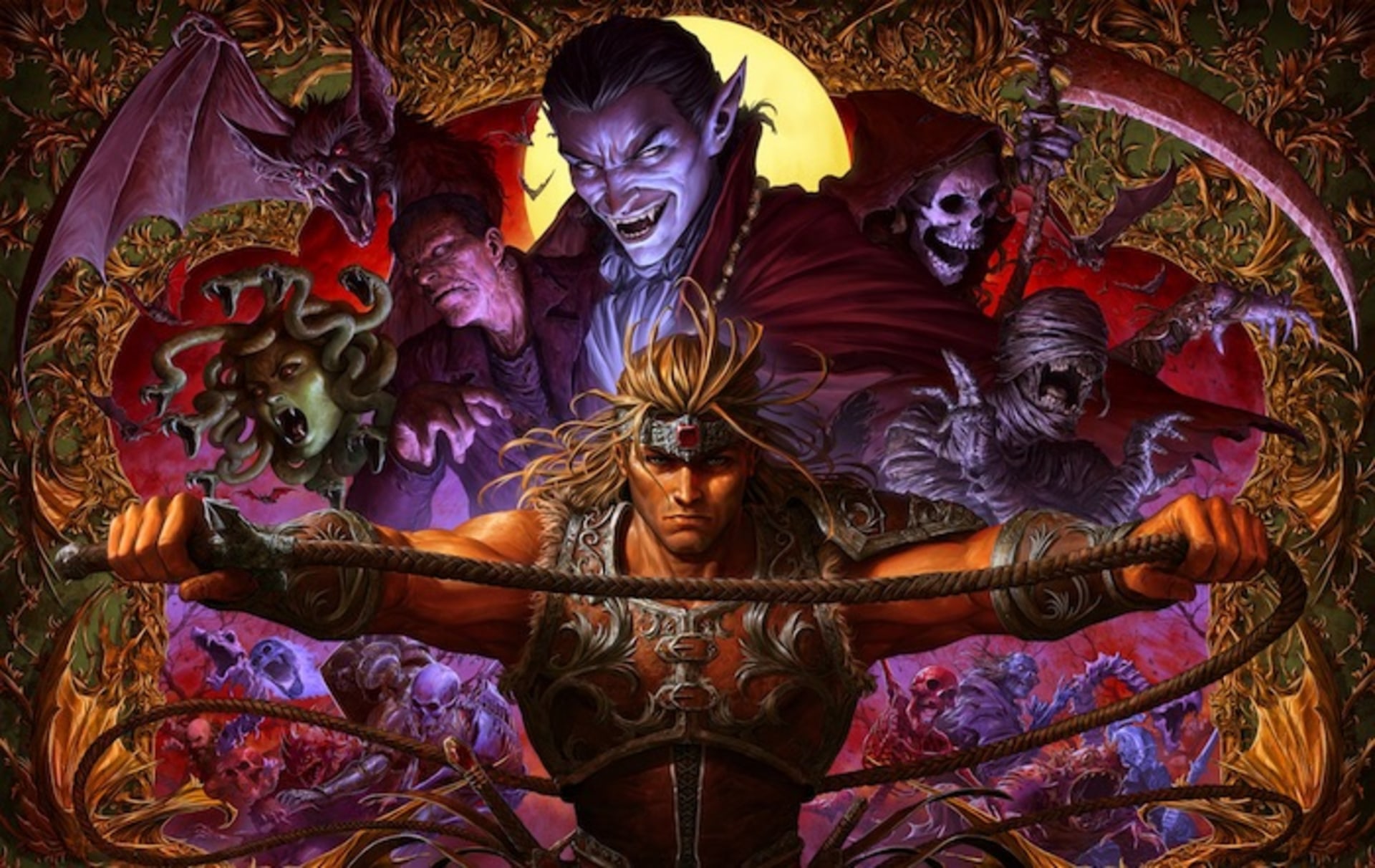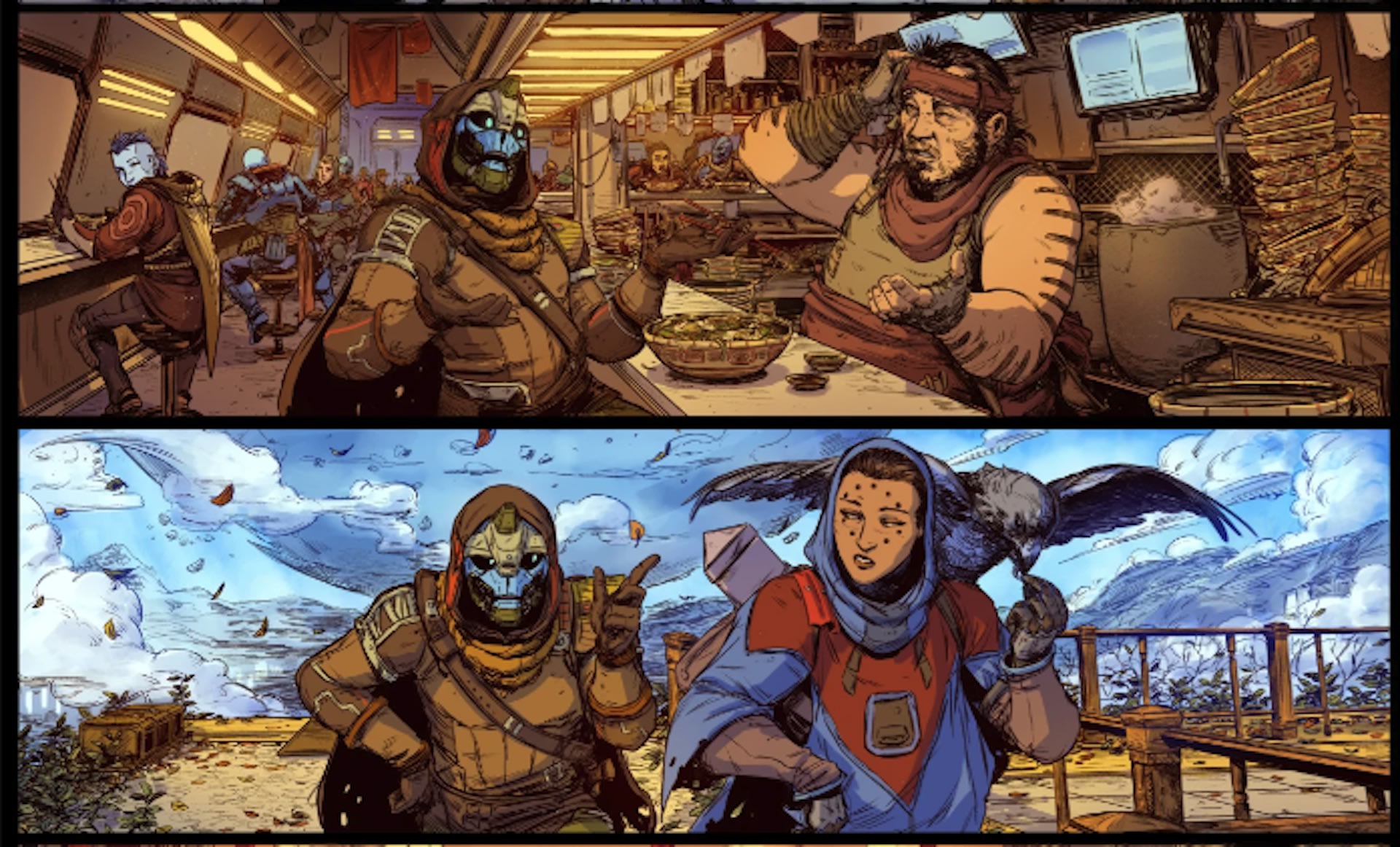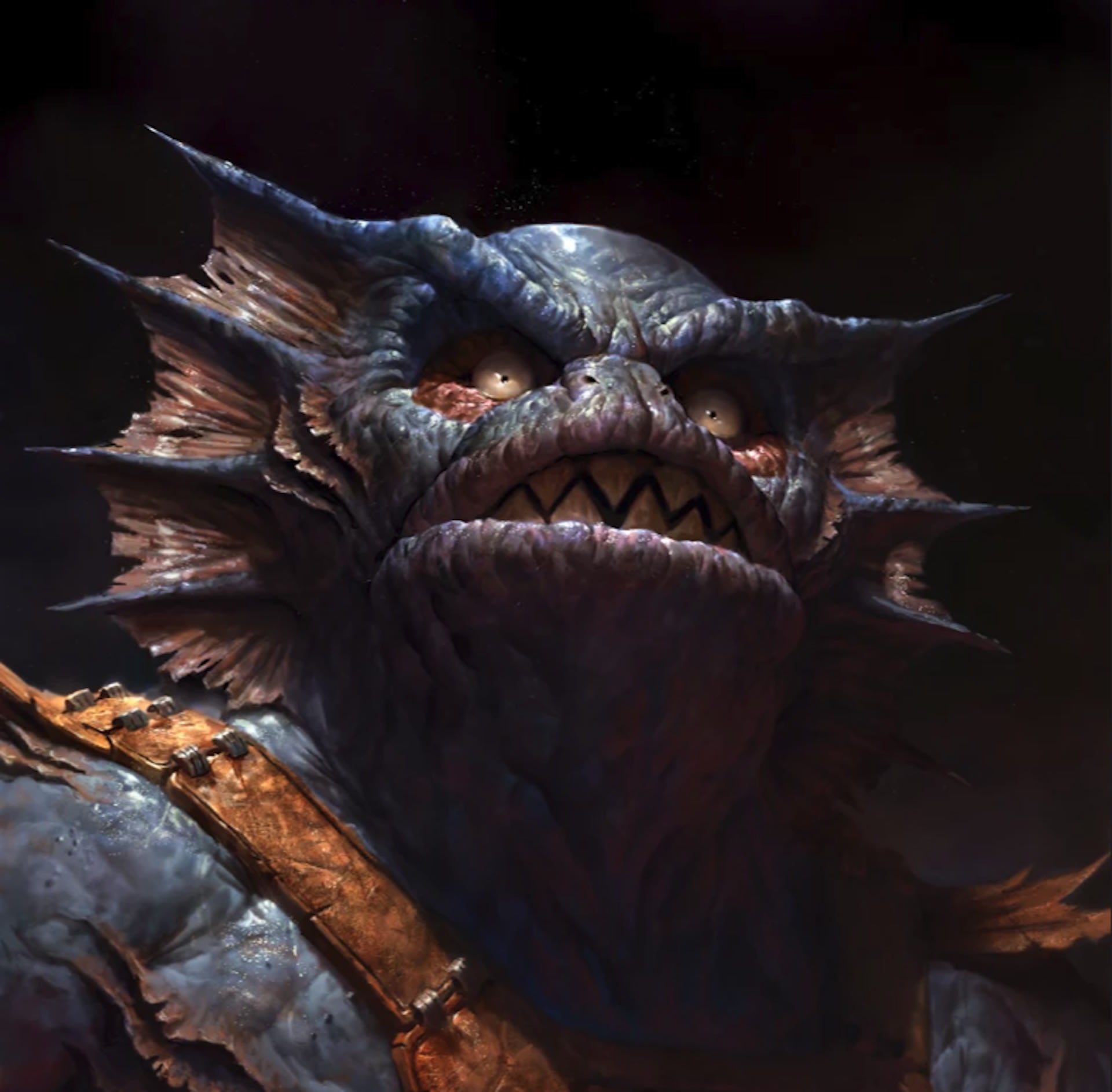Dave Rapoza is a natural storyteller. Calling over video, the American artist enchants you with his dark velvety voice, his sparkling and mischievous eyes and an attractive brand of self-deprecating humour.
Before you know it, you're in Rapoza world, a world stitched together from well-told anecdotes and dramatic asides. By then, you will be mesmerised by talk of his inspiring career arc, his love for antiques or his approach to find the right characterization for an image, and everything will handsomely dovetail with everything else.
So when Rapoza fills you in on how he approached the Castlevania art print print commission he did for Cook and Becker, you don't only get the technical details.
"I remember playing Castlevania in our basement as a kid," he would say, before offering a vivid description of said basement. "My dad was an antiques dealer and our parental house was always covered in antiques. The basement would just be stuffed with old brassworks and furniture, with little me sitting there playing this super scary game!"
World building
In essence, you come to realise, David Rapoza (Carver, Massachusetts, 1987) is all about world building, a quality prevalent both in his talk and in his art.
It doesn't matter if you look at one of his super-detailed for Marvel's Spider-Man and Spider-Verse comics, or home in on the rough sketch work for the more-than-funny Steve Lichman comics. Both communicate stories that extend well beyond an individual image.
Before you know it, you're in Rapoza world, a world stitched together from well-told anecdotes and dramatic asides. By then, you will be mesmerised by talk of his inspiring career arc, his love for antiques or his approach to find the right characterization for an image, and everything will handsomely dovetail with everything else.
So when Rapoza fills you in on how he approached the Castlevania art print print commission he did for Cook and Becker, you don't only get the technical details.
"I remember playing Castlevania in our basement as a kid," he would say, before offering a vivid description of said basement. "My dad was an antiques dealer and our parental house was always covered in antiques. The basement would just be stuffed with old brassworks and furniture, with little me sitting there playing this super scary game!"
World building
In essence, you come to realise, David Rapoza (Carver, Massachusetts, 1987) is all about world building, a quality prevalent both in his talk and in his art.
It doesn't matter if you look at one of his super-detailed for Marvel's Spider-Man and Spider-Verse comics, or home in on the rough sketch work for the more-than-funny Steve Lichman comics. Both communicate stories that extend well beyond an individual image.





